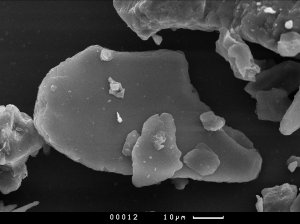 Institute of Archaeology Institute of Archaeology |
[Slovenian] |
| Home | Members | Programme | Projects | Laboratory |
| Database | Publications | Library | Links | Archive |
|
Microscopic biological remains in cultural layers of Slovenian archaeological sites as a tool for palaeoenvironmental reconstructions (2005-2007) This project, which started as a pilot study (The development of Slovenian cultural landscape: a comparison of phytolith and pollen record, bilateral Slovenian-Russian research project) aims to investigate the Holocene vegetation development and (cultural) plants and building material brought to Slovenian archaeological settlements by people. In order to investigate pollen and phytolith record in cultural layers of various archaeological sites, research is being carried out at following locations: Ljubljansko barje region (Blatna Brezovica, Maharski prekop and Stare gmajne sites), Bela krajina region (Črnomelj), Sežanski kras (Mala Triglavca) and Pokljuka (Klek, pedological profiles in the vicinity of archaeological sites).
What is the main advantage of combined, pollen-phytolith analysis? By using these complementary research techniques, we can gain more detailed information about the past environment and economy. Phytoliths form in various plant tissues and can be deposited directly into archaeological cultural layer. Since they consist of inorganic material (SiO2), they are very resistant to microbial decay and can survive in dry environment, characteristic for most archaeological sites.
Phytolith analysis is very rarely carried out on archaeological sites in Europe (it is something completely new for Slovenian archaeology), therefore some links to phytolith web pages are provided below. Links
Project coordinators Researchers
Project no. In cooperation with:
|

